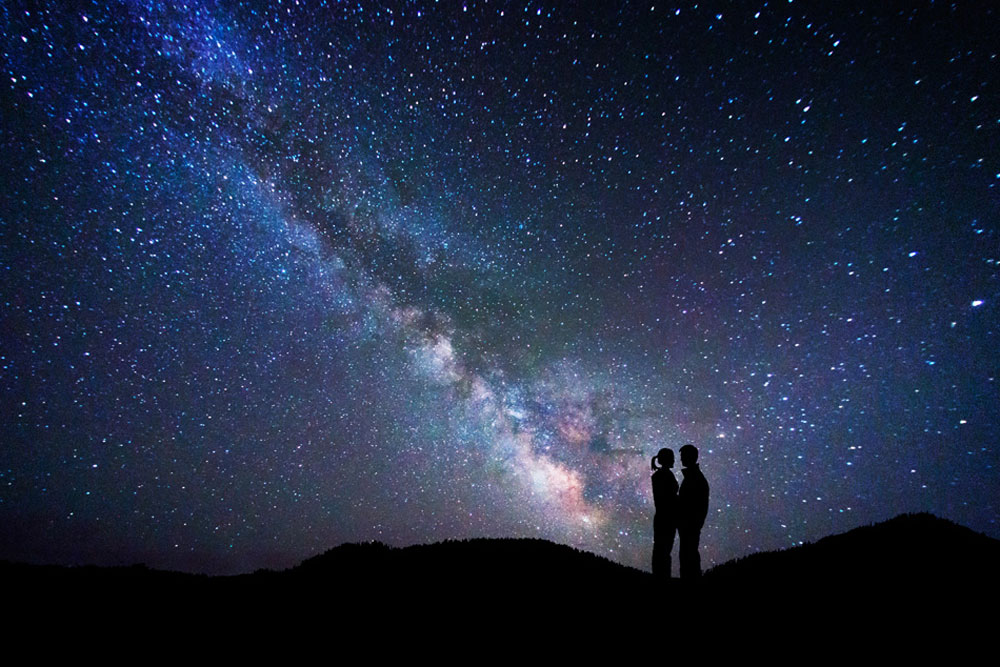Valentine’s Day – Sweetie or Geeky?
Just about everyone in the US is familiar with Valentine’s Day, celebrated worldwide on February 14, but few know the scientific achievements that share the same date.
Valentine’s Day is when sweethearts, friends and family express their love with gifts of flowers, candy and cards. Over 1 billion Valentine’s Day cards, more than 50 million roses and some 36 million heart shaped boxes of chocolates will be exchanged, admired and consumed as part of this holiday.
The genesis of this festive day goes back to the ancient Roman festival of Lupercalia, an annual fertility celebration. At the end of the fifth century, Pope Gelasius made it into a Christian feast declaring it to be “St. Valentine’s Day.” Which St. Valentine he was referring to is unclear as there were at least three Christian saints with that name.
Most scholars believe, however, it is in reference to St. Valentine who lived around 270 AD and was executed because he secretly married couples so husbands wouldn’t have to go to war. Valentine was imprisioned and while imprisoned he healed the jailer’s blind daughter. On the day of his execution, he left the girl a note signed, “Your Valentine.”
In wasn’t until the 14th century that the saint’s feast day became associated with love. In 1381, Chaucer composed a poem in honor or the engagement between England’s Richard II and Anne of Bohemia. As was the poetic tradition, Chaucer associated the occasion with a feast day. In his poem “The Parliament of Fowls,” the royal engagement, the mating season of birds, and St. Valentine’s Day are linked.
Over the centuries, the holiday has evolved to what it is today, a celebration of love and friendship.
Geeky Side of February 14
February 14 is also the day a number of modern day scientific discoveries and accomplishments occurred.
By way of example, on February 14, 1876, Alexander Graham Bell applied for his telephone patent and on that same day 8 years later, Thomas A. Edison was issued a patent for a “Telephone-Transmitter” (patent No. 278,044). Thanks to Bell and Edison, everyone can phone home to wish loved ones a happy Valentine’s Day.
On this day in 1929, Sir Alexander Fleming in England discovered Penicillin after leaving a plate of staphylococcus bacteria uncovered and noticing that a mold that had fallen on the culture killed many of the bacteria. Another medical milestone occured on February 14, 1984, with the first heart-liver double transplant performed on six-year-old Stormie Jones from Texas at the Children’s Hospital in Pittsburgh by Drs. Thomas E. Starzl and Henry T. Bahnson. Both of these medical achievements have impacted and prolonged the lives of individuals worldwide.
Starry-eyed lovers are not the only people to look to the heavens and dream of the herald of possibility.
It was on this day in 1980 the US launched the SolarMax satellite to investigate Solar phenomena. In addition to collecting valuable data on solar flares, sunspots and sungrazing comets, SolarMax was the first orbiting, unmanned satellite to be repaired in space, adding five more years of lifespan to its mission.
Then on Valentine’s Day 1990, looking back from above the stars, the US space probe Voyager I successfully completed a series of photographs of our Solar System including the sun and six planets. Voyager I launched on September 5, 1977 and by 1990 had travelled 3.7 billion miles and was able to look down and take the photograph.
In the photos Earth appears as a pale blue dot, the size of a pixel, against the vastness of space. All the photos were assembled into a large mozaic entitled the “Family Portrait of the Planets.” Astronomer and author Carl Sagan campaigned for many years to have these pictures taken. After seeing them, he had this to say:
“It has been said that astronomy is a humbling and character-building experience. There is perhaps no better demonstration of the folly of human conceits than this distant image of our tiny world. To me, it underscores our responsibility to deal more kindly with one another, and to preserve and cherish the pale blue dot, the only home we’ve ever known.”
These were the last photographs Voyager I took before its cameras were turned off. Let’s hope Voyager I in its ongoing journey through interstellar space doesn’t encounter a race of hostile aliens, such as the Psychlos depicted in Battlefield Earth, so each Valentine’s Day we can share the love for one another on this pixel in this universe we call home.
Happy Valentine’s Day!
Sign up here to get regular updates and news from us.



Leave a Reply
Want to join the discussion?Feel free to contribute!